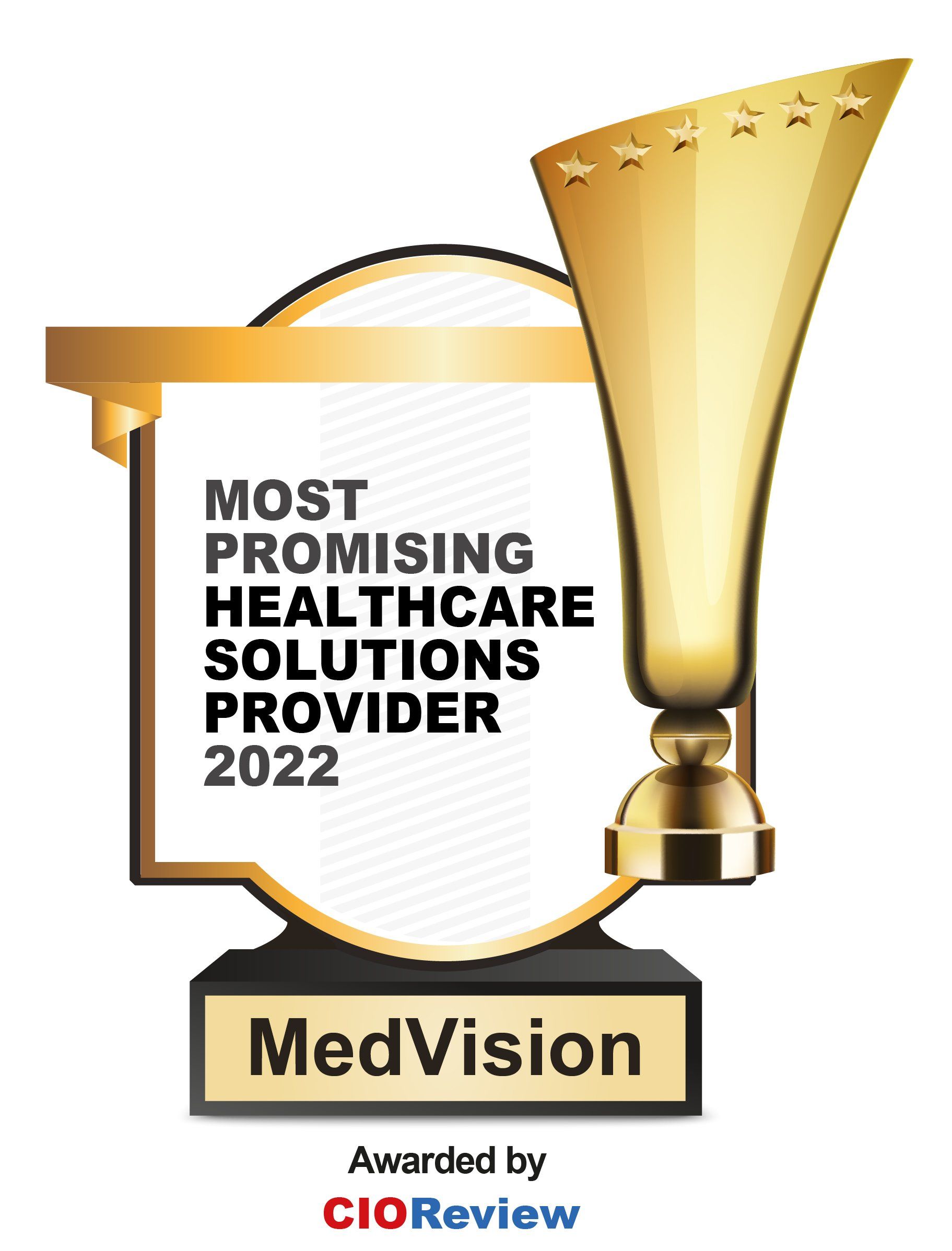Healthcare Capitation System from a Strategic Perspective
Studies reveal that almost 40 percent of the budget spent on healthcare is lost on inadequate, unorganized and inefficient business operations. It's possible that the government has wasted more than $1 trillion. Federal and private insurer reform measures have enabled providers to improve quality and reduce waste.
A population-based approach to healthcare payment may resolve this conundrum for corporations, the government, and other buyers. Termed as the healthcare capitation,
physicians get paid per patient for healthcare services given, depending on expected needs and treatment quality.
How Healthcare Capitation Provided a Better Payment Method
A good payment system must solve two problems. One is how to divide the savings obtained by minimizing waste. If payers get most of the money, providers have little incentive to eliminate waste. Another is how a payment mechanism impacts patients' and doctors' ability to make best-interest judgments.
Per-person payment solutions may reduce waste at all three levels and provide patients and physicians with the flexibility to make treatment choices. Such systems must adjust compensation for risk, which is simpler at the population level than for an individual patient. Quality standards must guarantee providers don't withhold care. To maintain care delivery and help organizations be financially sustainable, savings from waste reduction must be returned.
Population-based payment (PBP) differs from the capitated technique most insurance firms utilize. PBP pays independent clinicians fee-for-service (FFS) but adjusts compensation quarterly depending on clinical quality, patient satisfaction, and total population care costs. This technique would reward physicians for quality and cost improvements and compensate them for lost income due to waste elimination. In simpler terms and understanding, PBP would include quality measures and standards.

Key Considerations Which Catapulted to Healthcare Capitation
It has long been established that about half of all healthcare waste is due to unneeded or ineffective treatment. There are three main types of waste in health care, namely:
Waste at Production-Level
An inability to provide units of care falls under this category. Generally, it includes drugs, tests, x-rays, hours of care, or any other item used in patient treatment. This accounts for around five percent of the overall waste in the healthcare system. It can be reduced by haggling for cheaper supplies, decreasing storage and handling costs, and optimizing lab or radiological x-rays.
Case-Level Waste
Half of the waste generated during healthcare delivery falls into this group. During a hospital stay, outpatient checkup and other cases are considered unnecessary or substandard care. If the assigned physician is unable to locate the original x-rays of the patient, further x-rays and lab tests will be required. Also, if the doctor is not aware that the tests have already been performed, additional drugs will be ordered.
The Population-Level Waste
About 45 percent of total waste comprises unneeded or avoidable patient cases. It includes end-of-life care provided to individuals who didn't want it. Even elective procedures which patients would have declined with better information, and specialist visits or hospitalizations that might have been avoided with cheaper outpatient care. Each unneeded or preventable case requires care, feeding waste at the other two levels.

Benefits of Capitation in the Context of Healthcare Development
Health Maintenance Organizations (HMOs) and Independent Physician Associations (IPAs) profit most from a healthcare capitation system. Bookkeeping expenses drop for physicians. An IPA-contracted doctor doesn't need a bigger billing team or to wait for reimbursement. By reducing these expenditures and difficulties, a clinic may serve more patients for less money. IPA inhibits primary care physicians (PCPs) from delivering unnecessary treatment or performing pricey procedures that may not be more effective. It reduces invoicing for unnecessary operations. The patient likewise avoids unneeded, time-consuming treatments that may increase out-of-pocket costs.
HMOs and IPAs may benefit from working with an administrative integrated technology partner who shares this developmental healthcare purpose. It doesn't matter where you are in your company journey; QuickCap v7.0 is a web application software that can manage a wide range of processes so that you may fulfill diverse operational demands with one solution.
With the newest healthcare claims processing technology and complete workflow solutions that can be easily updated for the current healthcare standards, you can protect your health care organization from the latest threats.
Embark on this development!
References:
- Harvard Business Review. “The Case for Capitation.” hbr.org, July 1, 2016.
https://hbr.org/2016/07/the-case-for-capitation.
- Capitation, Primary Care. “Capitation, Primary Care.” www.aafp.org. Accessed June 6, 2022.
https://www.aafp.org/about/policies/all/capitation-primary-care.html.
- Capitated Model | CMS. “Capitated Model | CMS.” www.cms.gov, April 6, 2022.
https://www.cms.gov/Medicare-Medicaid-Coordination/Medicare-and-Medicaid-Coordination/Medicare-Medicaid-Coordination-Office/FinancialAlignmentInitiative/CapitatedModel.
Explore Related Blogs
Recently published articles
Keep in touch
Subscribe to get the latest update
Than you!
You have successfully subscribe to our blog updtes!
Please try again later
Trending topics
More news and events
Connected Healthcare
HITRUST Risk-Based 2-Year Certification Achiever
The Health Information Trust (HITRUST) is a standards organization dedicated to security, privacy, and risk management. They developed the HITRUST Common Security Framework (CSF), which assists organizations in maintaining a comprehensive and secure approach to HIPAA compliance and managing risks. HITRUST is widely recognized as the benchmark in data security and privacy.
Certified Member of HCAA
The Health Care Administrators Association is the nation's largest nonprofit trade association for third-party administrators, stop loss insurance carriers, managing general underwriters, audit firms, medical managers, technology organizations, pharmacy benefit managers, brokers/agents, human resource managers, and health care consultants. HCAA has spearheaded the change of self-funding for more than 35 years.
Share and post page directly to social media.
Ready to get started?
Call us @ 847 - 222 - 1006
LINKS
GET IN TOUCH
3233 N. Arlington Heights Rd.,
Suite 307, Arlington Heights, IL 60004
Phone:
847-222-1006
Fax: 847-222-1066
STAY INFORMED
Subscribe to our blog updates!
Blog Subscription
Than you!
You have successfully subscribe to our blog updates!
Oops, there was an error in sending your message. Please try again later
LINKS
GET IN TOUCH
3233 N. Arlington Heights Rd.,
Suite 307, Arlington Heights, IL 60004
Phone :
847-222-1006
Fax :
847-222-1066
STAY INFORMED
Subscribe to our blog updates!
Blog Subscription
Than you!
You have successfully subscribe to our blog updates!
Oops, there was an error in sending your message. Please try again later
Medvision | All Rights Reserved.















